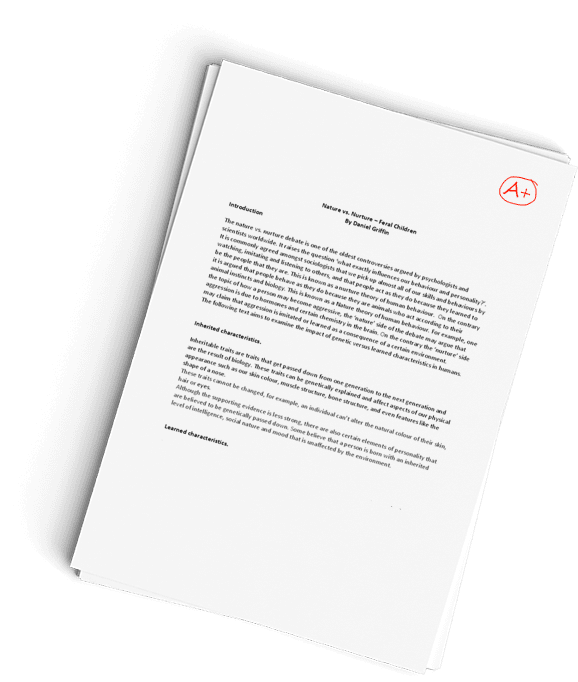Reply 510 m
Description
Discussion
After conducting a search in the Saudi Digital Library, I found an article titled “Implementation Science: Improving the Quality of Healthcare Delivery”. The study was conducted in Sudanese hospitals and aimed to improve the quality of care for stroke patients. The methodology involved a before-and-after design, with implementation of a quality improvement program using implementation science principles. The study focused on improving the adherence to evidence-based stroke care guidelines and included training of healthcare workers, standardization of protocols, and use of performance feedback mechanisms.
The study found significant improvements in adherence to stroke care guidelines, with a 23.3% increase in overall adherence rates(Reza et al., 2023). There was also a significant improvement in door-to-needle time for thrombolytic therapy administration. The study used the Consolidated Framework for Implementation Research (CFIR) to guide the implementation of the quality improvement program.
The authors described several barriers to implementation, including resistance to change, lack of resources, and inadequate communication between healthcare workers. Despite these barriers, the implementation of the quality improvement program was successful, with sustained improvements in adherence to stroke care guidelines observed over a six-month period.
In a similar quality improvement project, I would recommend incorporating the Plan-Do-Study-Act (PDSA) cycle as a quality improvement method. This approach involves testing small changes in a controlled setting, analyzing the results, and implementing the changes on a larger scale if successful. As for implementation science approaches, I would recommend involvingstakeholders at all levels of the healthcare system, including patients and their families, to increase buy-in and improve communication. I would also recommend using the RE-AIM framework to evaluate the impact of the quality improvement program on various dimensions of healthcare delivery, including reach, effectiveness, adoption, implementation, and maintenance.
Two key takeaways from the article are the importance of using implementation science principles to guide quality improvement initiatives and the need to address barriers to implementation in order to achieve sustained improvements in healthcare delivery. The study demonstrates that implementation science can be an effective approach to improving the quality of healthcare, even in resource-limited settings.
Reference
Reza, J. A., Raman, V.,Vekstein, A.,Grau-Sepulveda, M.,Burfeind, W. P., Chin, K., … &Erkmen, C. P. (2023). Implementationof Screening Guidelines in Early Esophageal Cancer: A Study of the Society of Thoracic Surgeons General Thoracic Surgery Database. Annals of Surgery, 10-1097.
This was qoustion
For this weekàdiscussion, use the Saudi Digital Library to locate a scholarly journal article that details the use of implementation science to advance quality improvement in healthcare.
Summarize the article to include the healthcare setting, the quality initiative, the methodology, and outcomes.
Was there a framework used to guide the implementation?
Did the author(s) describe any barriers to implementation?
Was there improvement and if so, was the improvement sustained?
Discuss what additional or alternative quality improvement methods, implementation science approaches, and framework you would have used or recommended.
Describe two key takeaways from this article that you would incorporate into a similar quality improvement project in the future.

Have a similar assignment? "Place an order for your assignment and have exceptional work written by our team of experts, guaranteeing you A results."








